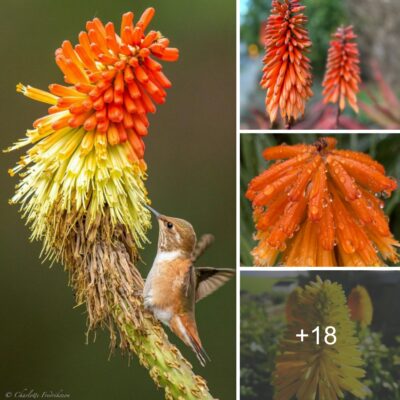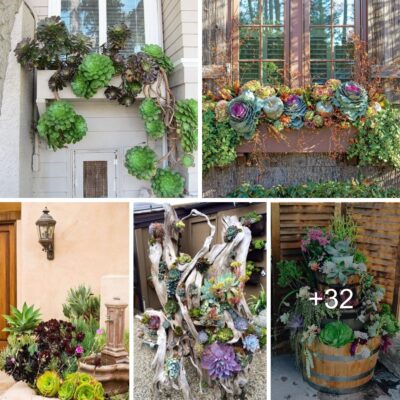It makes sense that peak growing season is in the spring and early summer months to avoid scalding heat waves and get ready for harvest before the first frost. But for fast-growing crops and flowers, there’s still plenty of time to ensure a plentiful bounty. The end of the summer isn’t too late to sow your seeds. If you’re wondering what to plant in August, there are plenty of short-season edibles and ornamentals (like cold-hardy grasses and summer-friendly flowers) to refresh your faded and wilting flower beds. In fact, some flowers, like in-ground hydrangeas, are actually best planted in late summer and early fall to give the roots enough time to settle in before the winter.
If you plan on adding to your fruit and vegetable gardens, it’s important to pay attention to how long plants take to reach maturity before you put them in the ground. This is so you can ensure ample time to grow before the frost hits. Check with your local university coop extension service to find the first expected frost date in your area, then count backward. So, if your first frost is usually in mid-October, and the seed package or plant tag says an edible is “45 days to maturity,” you likely still have time for a harvest—especially if you choose plants that prefer cooler weather, such as greens. And no matter what you plant now, keep watering during dry spells!
Whether you prefer flowers or greens, here are 15 of the best things to plant in August. Happy harvesting!
Carrots

Carrots grow best in full sun and light, fertile, well-drained soil. They also love cool soil, so plant them next to taller plants to keep the roots shaded.
Varieties to try: Danvers, Nantes, Purple
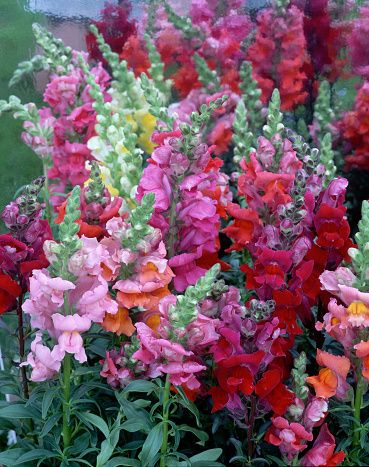
Snapdragons
These vibrant blooms actually love the summer climate’s bright sunshine. Plant them in August to bring color to your fading flower beds.
Basil

A delicious addition to a myriad of dishes including salads, pasta, and pizza, basil is an essential herb for any kitchen. Ample sunlight and hot weather help basil thrive.
Varieties to try: Sweet
Advertisement – Continue Reading Below 4
Aster
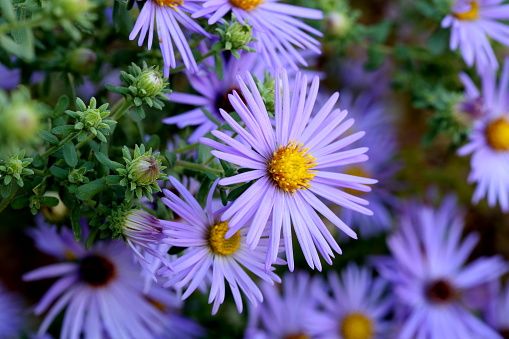
A stunning fall flower, asters typically bloom between late summer and early fall. Plus, these colorful blooms are naturally disease and deer resistant.
Peas
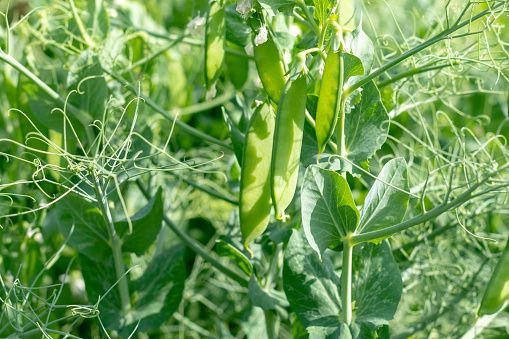
As long as the soil is well draining, peas can grow in almost any climate. This hardy plant especially loves full and direct sunlight.
Varieties to try: Snap, Snow, English
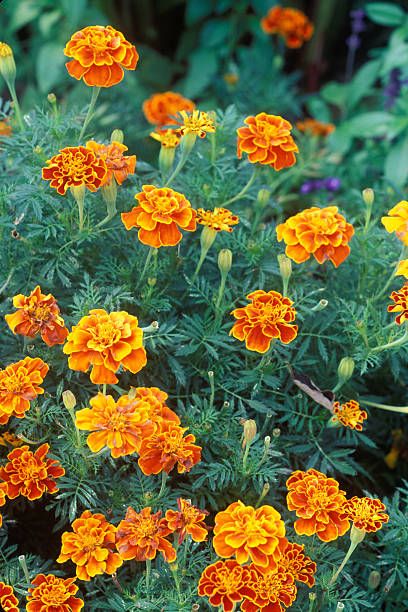
Marigolds
These sturdy annuals will keep going strong until the first hard freeze, so add some to fill in sparse containers or dress up beds that need late-season color. Marigolds come in bright yellow, orange, and cream so they complement autumn’s hues if you plan to decorate later with gourds and pumpkins.
Varieties to try: Cottage Red, Endurance Gold
Advertisement – Continue Reading Below
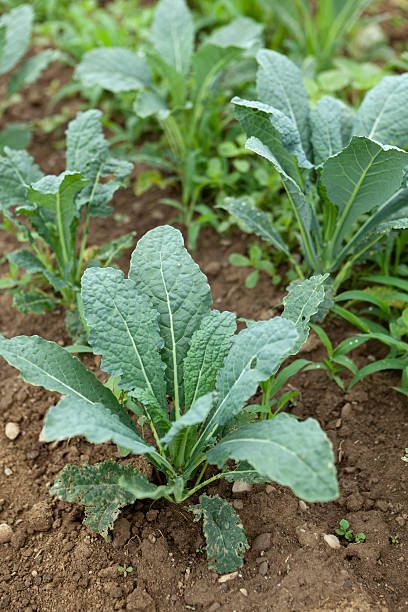
Kale
This hardy green doesn’t much care about the cold—in fact, it may taste even better after a light frost. Kale also may surprise you and overwinter—that is, survive winter to appear again next spring!
Varieties to try: Dwarf Siberian Kale, Red Russian

Black-Eyed Susans
These cheery-faced flowers have golden daisy-like blooms and brown or black centers. Some black-eyed susans are annuals, but others are perennial. Pop perennial types in the ground now so their roots have time to get established, and they may come back again next year for months and months of color from summer to fall.
Varieties to try: American Gold Rush, Pot of Gold
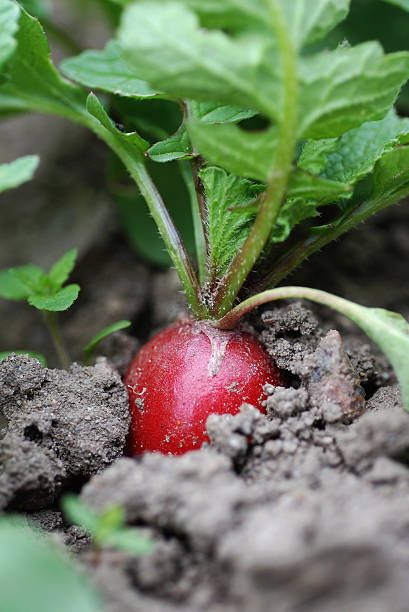
Radishes
Talk about instant gratification: Radishes are one of the fastest-growing crops around. In about 30 days, some types are ready to pick; in fact, you don’t want to wait too long to harvest them because they can become woody.
Varieties to try: German Giant, French Breakfast
Spinach

GETTY IMAGES
Spinach is another green that doesn’t mind the cold in the least. Sprinkle seeds in rows, and cover them lightly with soil. Or interplant spinach between taller crops, such as pole beans, to provide some shelter from the late summer sun.
Varieties to try: Bloomsdale Longstanding, Noble Giant
Chrysanthemums
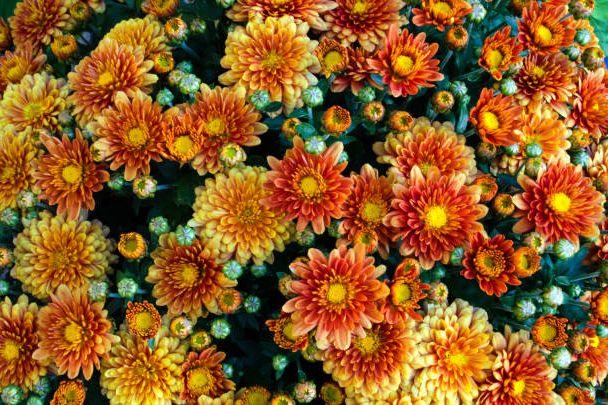
These perennials are often planted too late in the season for their roots to establish, so they may not return next year as you expect. Get mums in the ground now, and you’ll give them a shot to come back next year.
Varieties to try: Matchsticks, Mammoth Daisy Quill
Turnips
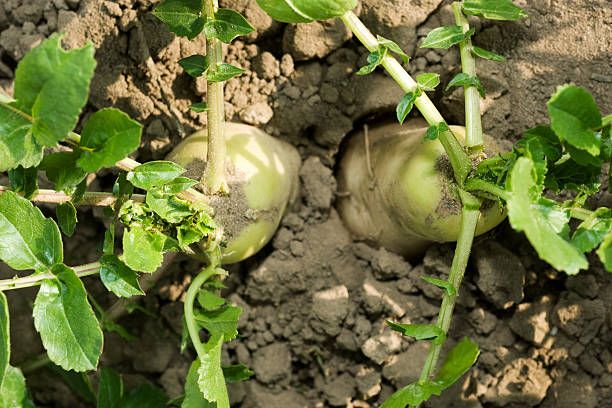
PHOTOALTO/LAURENCE MOUTON//GETTY IMAGES
If you’ve never tried turnips, now’s the time to experiment! New varieties are sweeter and mature in about 60 days, so there’s still plenty of time to grow them in many regions of the country. Some heirloom types don’t form a bulb but are eaten as you would other greens such as spinach.
Varieties to try: Seven Top (heirloom), Silky Sweet
Cabbage
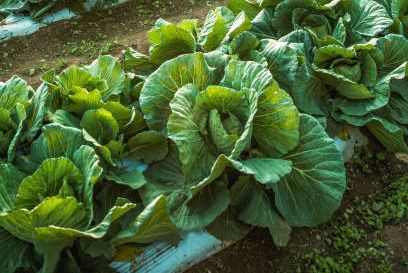
If you didn’t plant any earlier in the season, there’s time to put in some transplants now! Some types, such as bok choi, and other new varieties don’t hog as much space, so they fit nicely into small plots.
Varieties to try: Sweet Thang, Baby Choi

Snapdragons
These pretty annuals don’t mind a bit of cool weather, so you’ll still get loads of blooms before a hard freeze. Plus, pollinators love them! Add snapdragons to planters or beds that need to be refreshed now.
Varieties to try: Apple Blossom, Madame Butterfly
Cucumbers

Cukes are fast growers, so sow seeds in the ground now for fall picking. Some are ready in as few as 40 days. Look for bush types rather than vining varieties if you’re planting them in containers.

